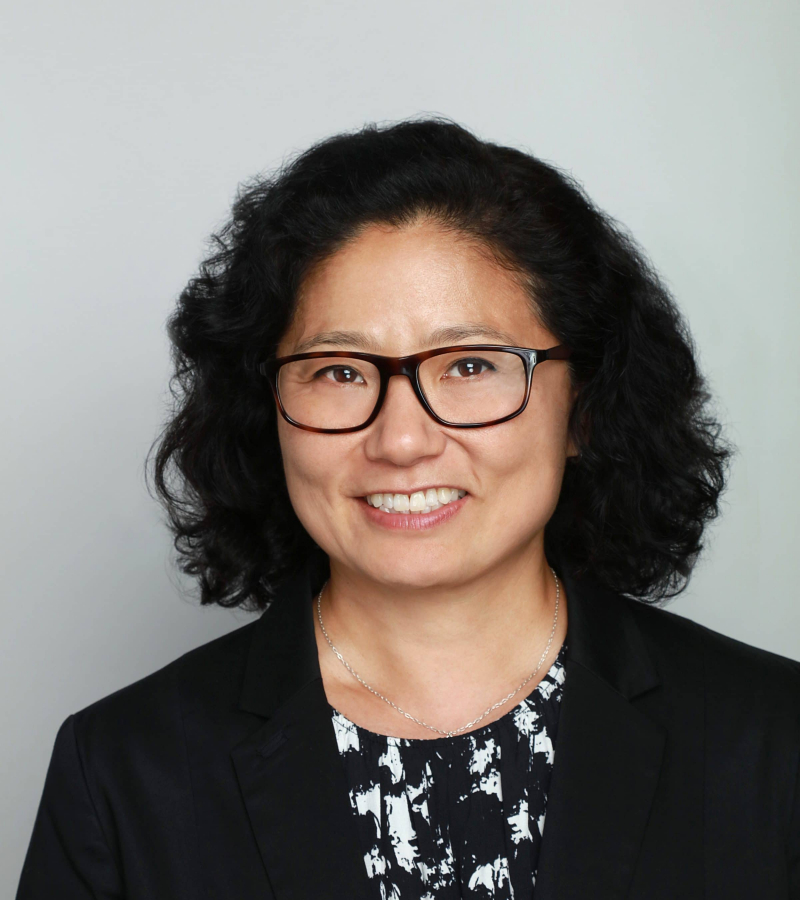This is a guest post by Sonia Park, Executive Director of Diverse Charter Schools Coalition. She has has over 18 years of experience in school start-up, support, accountability, and development. This essay, which first appeared at Education Post, is particularly relevant to New Jersey given a current lawsuit that claims, all evidence to the contrary, that NJ’s charter sector increases school segregation. For my take on the lawsuit, see here and here.
America is more diverse than it’s ever been, as are the students attending public schools, but you wouldn’t know it by looking at individual schools. In fact, schools are the most segregated they’ve been in decades, and it’s getting worse.
This startling news comes despite mounting evidence that shows racially and socioeconomically integrated schools offer benefits ranging from higher test scores to better college attendance to improved critical thinking skills. And it’s not just children of color and low-income students who do better—increasingly, it appears that all students stand to emerge better prepared for today’s world.
But we have tools to change this situation, and high-quality public charter schools are among them. A new Urban Institute study about charter schools and segregation points to promising practices by “diverse-by-design” charter schools that are members of my organization, the Diverse Charter Schools Coalition. We are a small but rapidly growing alliance of more than 175 schools, sharing a vision of what education should look like in today’s society. Our vision for integrated schools encompasses families, students, staff and leadership.
CHARTERS AREN’T THE PROBLEM
Some critics blame charters for supposedly worsening segregation, though that confuses correlation with causation. The Urban Institute’s study zeroes in on this point, finding a very slight increase—on the order of one percentage point—increase in segregation resulting from charters, with the effect essentially zero in urban areas.
The study’s authors also recognize the important difference between government-mandated segregation as outlawed by the Supreme Court and charter schools voluntarily chosen by families of color that were founded and designed to serve their children, many of which have succeeded in improving student outcomes.
They note, “Our study shows that critics are incorrect when they say that charters are driving a resegregation of American schools. Their impact on segregation is small, and appears to be somewhat offset by improvements in racial balance across districts in the same metro area.” But they also make clear that charter advocates are too optimistic if they think simply doing away with neighborhood public school attendance boundaries will fix segregation.
This reinforces what we have seen in our work: Charters have the power to advance diversity, but only if we are intentional about it. Charters offer new options to families who previously lacked choice. But it’s up to us as charter leaders to ensure those chosen schools truly advance educational opportunity for all students.
DIVERSITY TAKES WORK
Diverse Charter Schools Coalition leaders know that intentional diversity goes far beyond simply enrolling students of different races, wealth levels and other socioeconomic markers. It means building an inclusive school community. Too often, desegregation only means that diverse students attend school in the same building—experiencing separate and unequal education under the same roof. We’re working to help schools not just attain diverse enrollment, staff and leadership, but foster inspiring communities where students can form bonds that cross boundaries, learn from one another and together develop a vision for their world.
We’re increasing the number of these schools in part by recruiting and preparing future leaders with a clear vision for new diverse-by-design charter schools. Our fellows are matched with a host school, exposed to exemplary models, given access to experts and resources, offered a tailored residency and provided with individualized learning. Leaders of our member schools receive coaching and support, which we plan to expand to district leaders as well.
Public schooling in 2019 looks far different than it did 50 years ago—in part because charter schools have opened in places where there are large numbers of low-income students and students of color.Our student bodies are more diverse and so should be the available schools for them. That’s why charters must be part of the solution to provide all families with choice.
Desegregation in America’s schools peaked in 1988. Since then, the proportion of schools that are intensely segregated—more than 90% non-White—has tripled. This, in a country where most public school students are children of color.
We believe that charter schools must be part of solving the long-running challenges of desegregating schools. Working alongside districts, charter schools can provide more seats in integrated learning environments. Finding solutions to the persistent problem of school segregation remains fundamental to justice and opportunity in this country—and in an increasingly diverse nation, it’s more pressing than ever.




